
Tooth
Extraction
Culver City
“The first thing people notice about you is your smile.”
Plan Your Visit Now
Begin the Change
What Is Tooth Extraction?
When performing a dental tooth extraction, one or more teeth are removed from sockets in your jaw, known as the dental alveolus. The alveolar bone anchors our teeth with the help of joints that connect to the roots of your teeth called gomphosis. These pieces work together to keep your teeth rooted and in place in your jaw, meaning the ability to maintain their function and formation properly is vital to your dental health.
Your teeth are an important, vital, and delicate part of your jaw, and so removal must be done by a dental professional. This procedure is permanent and done using either forceps or surgically depending on pain tolerance and severity of dental health.
When Is A Surgical Tooth Extraction Necessary?
Tooth extraction is a last-resort surgical procedure performed by dental professionals. While the goal is to keep the teeth and gums healthy enough that you never have to lose a tooth, sometimes the tooth or gum is too damaged and cannot be treated with regular or preventative dentistry. In this case, the tooth must be removed, not only for the health of that particular tooth but for the entire mouth.
The most common reason you need to have a tooth pulled or extracted is poor dental hygiene when you can no longer restore the tooth. Examples include:
- Periodontal Disease
- Decaying Teeth
- Accidental Dental Trauma
Other reasons for possible tooth extraction are as follows:
- Wisdom teeth that cannot grow normally in the jaw or are stuck in the socket, which causes infection in the gums.
- Crowded teeth, even if healthy, are often extracted, so there is space for the other teeth to grow straight. The teeth most often extracted in these cases are the bicuspids (between the canine and molars).
If the problem area of the tooth is visible and not hidden below the gum line, it can simply be pulled at your local family dentist to resolve the issue. For this procedure, only local anesthesia is needed. If the problem lies beneath the gum or at the root of the tooth, a more in-depth surgery is needed. This surgery will require general anesthesia and is typically performed by a specialist.
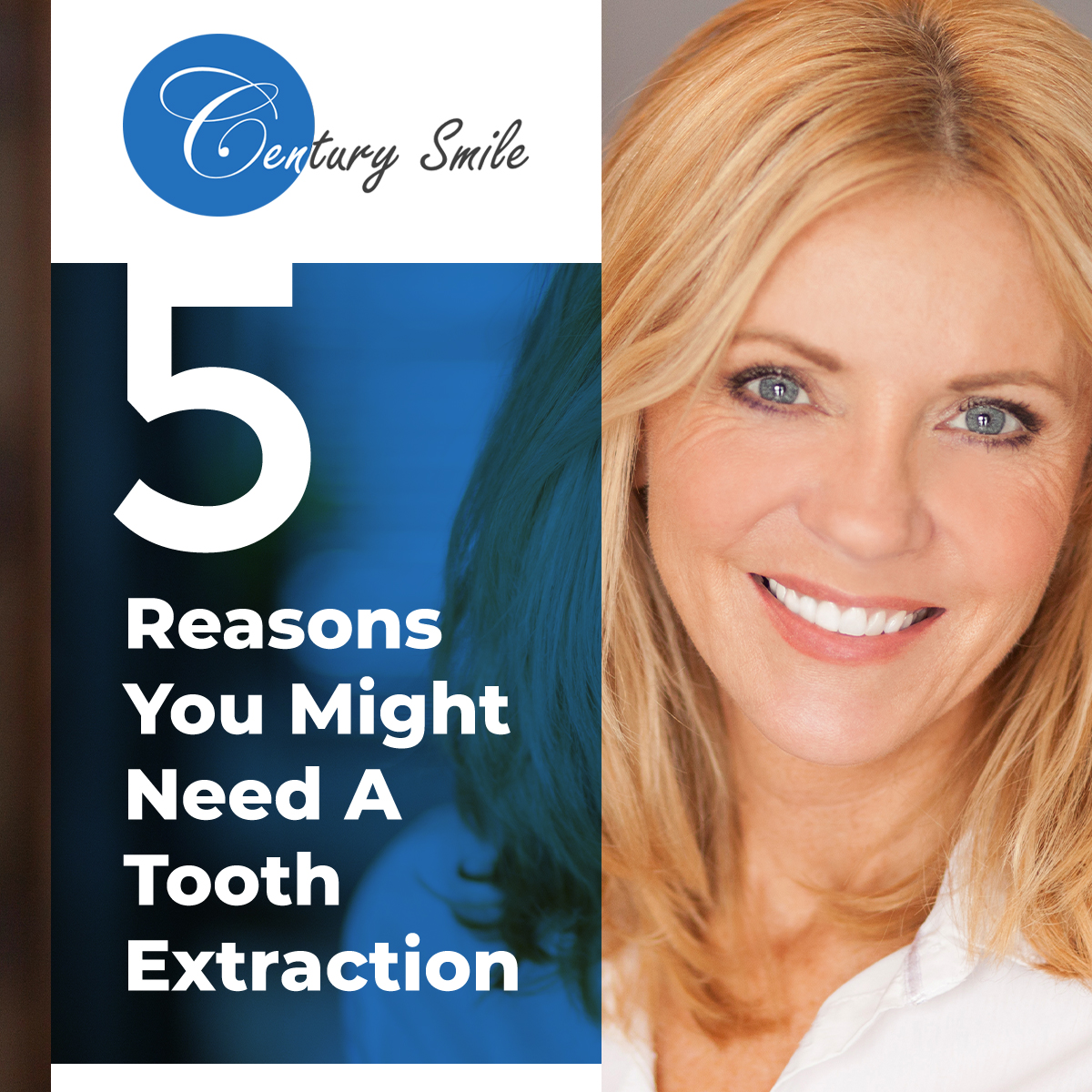
5 Reasons You Might Need A Tooth Extraction
Your dentist may recommend tooth extraction for the following reasons:
1. Severe tooth decay

If tooth decay is affecting the center of the tooth, it may not respond to a root canal. In this case, removing the tooth is necessary to stop the decay and infection from spreading to other teeth.
2. Trauma
3. Impaction
Impaction occurs when a tooth is prevented from growing out of the gum. Wisdom teeth are a common example of impaction. They are often not able to grow into place as the teeth mature and must be removed. If the gums fail to rupture correctly this can also impact teeth from growing into place, and they must be moved.
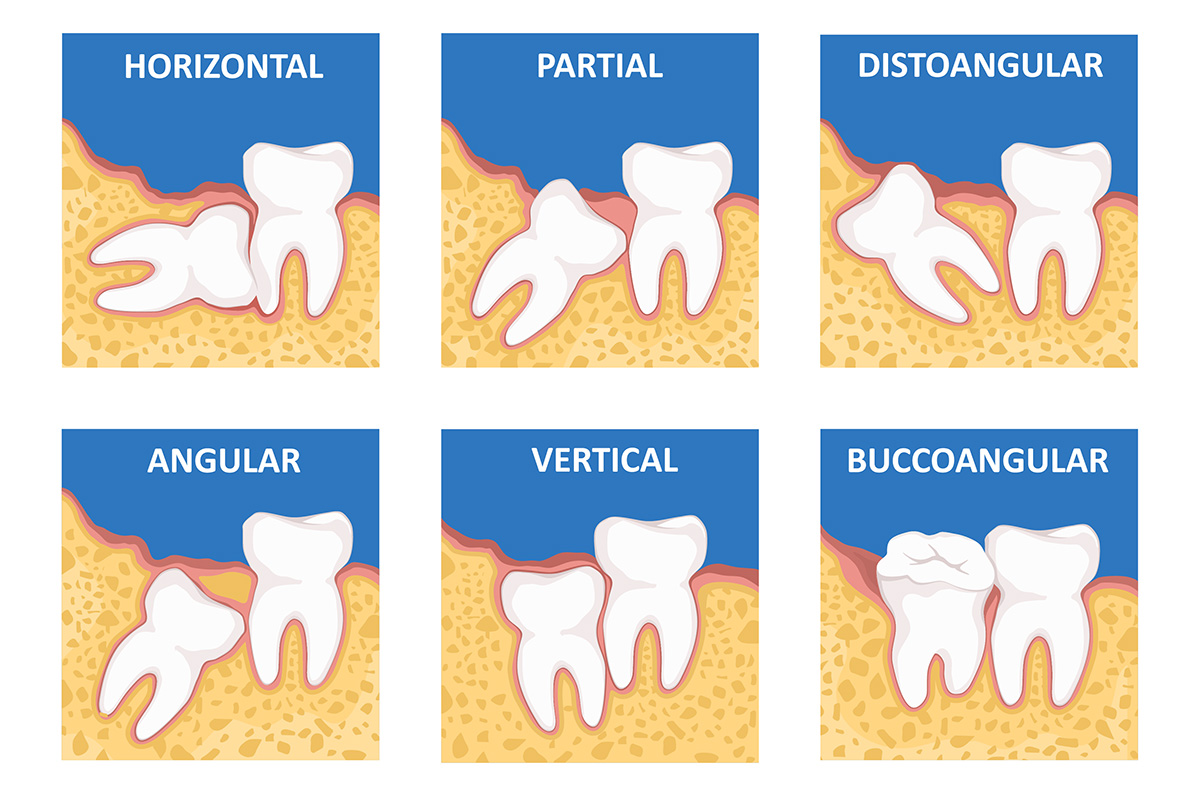
4. Periodontal Disease
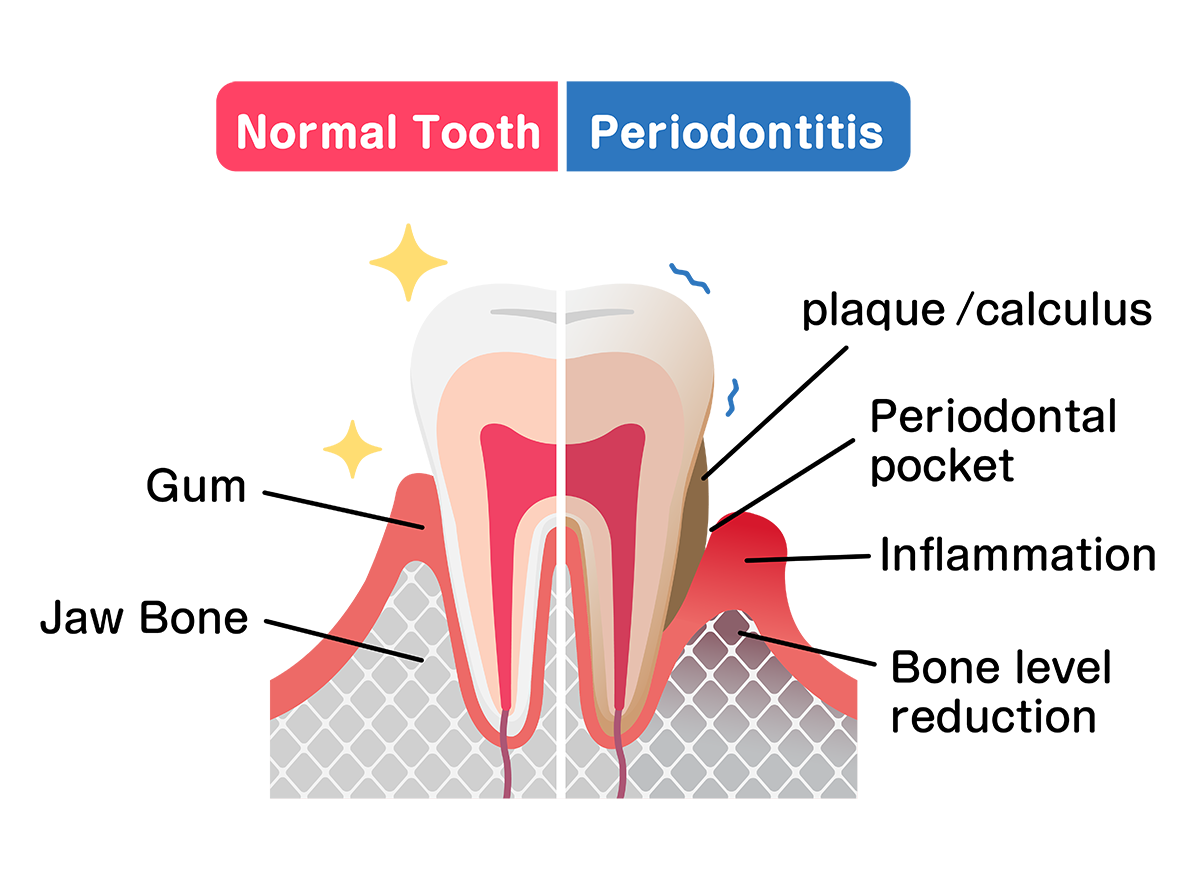
Periodontal disease is a disease that affects the surrounding structures of the tooth, including the gums and tooth socket, known as the alveolus.
The disease is caused by an infection that occurs when plaque is not properly cleaned from the tooth and infects the surrounding areas with bacteria. If periodontal disease is severe enough, the affected tooth may become loose due to a wearing away of the gum and/or socket. In this case, the tooth will need to be removed.
5. Overcrowding
Overcrowding occurs when teeth are too big to fit into the mouth. You may need to have one or more teeth removed in order to make room for your teeth to fit properly. Tooth extraction alongside orthodontics will resolve overcrowding.
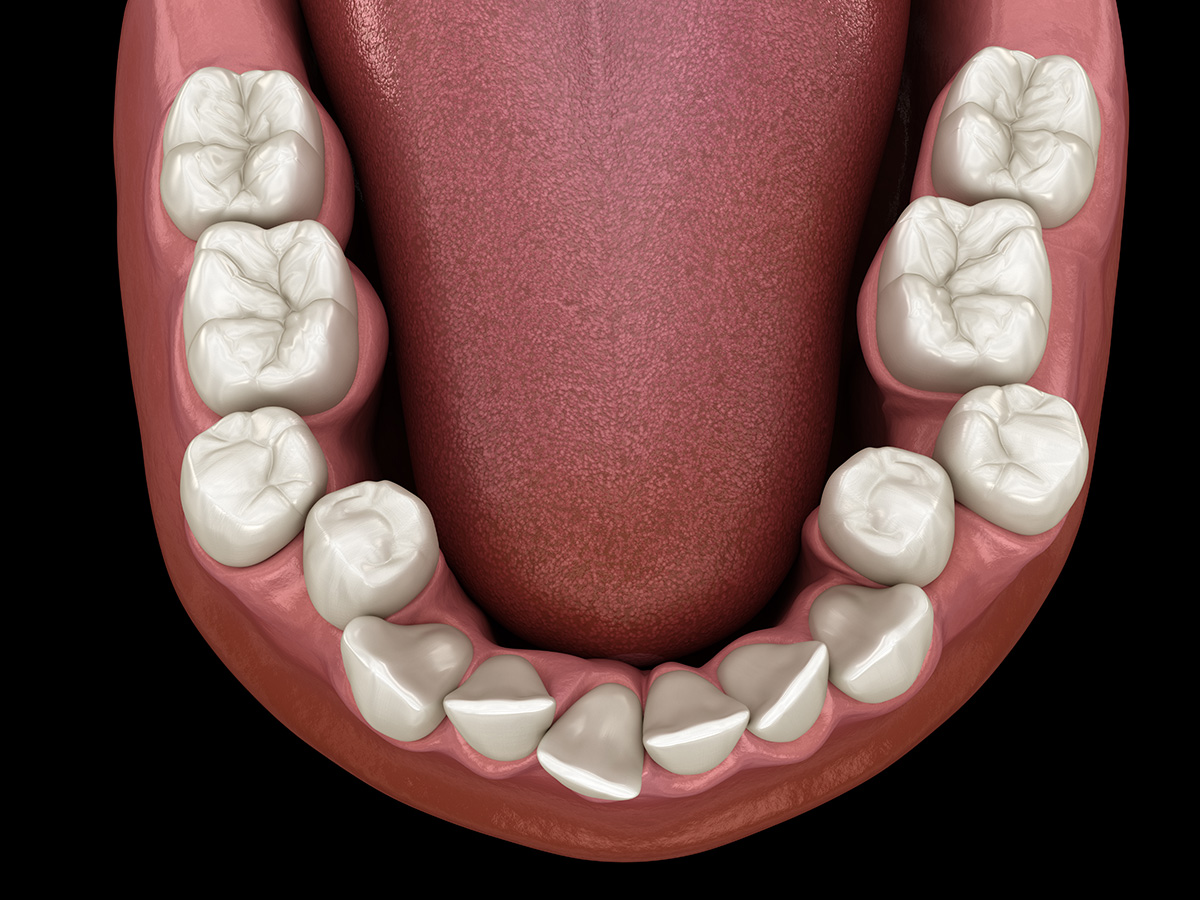
How Will My Tooth Be Replaced?
To replace the extracted tooth, you have a few options:
Dental Implants: A dental implant acts as the root for a new tooth. Once an implant is in place, a crown can be attached to it, which is made to look and act like a natural tooth. An implant is permanent so you don’t have to take the tooth in and out.
Dentures: Dentures are also an option to replace extracted teeth. Dentures are not permanent and can be taken in and out of the mouth as needed. Partial dentures—dentures that replace only a few teeth—are often a good option after tooth extraction.
Fixed bridge: A dental bridge is another permanent option to replace extracted teeth. A dental bridge uses the teeth on either side of the missing tooth to affix a new crown in its place. Dental bridges are most often made out of porcelain and while they can be removed, they can only be removed by a dental professional.
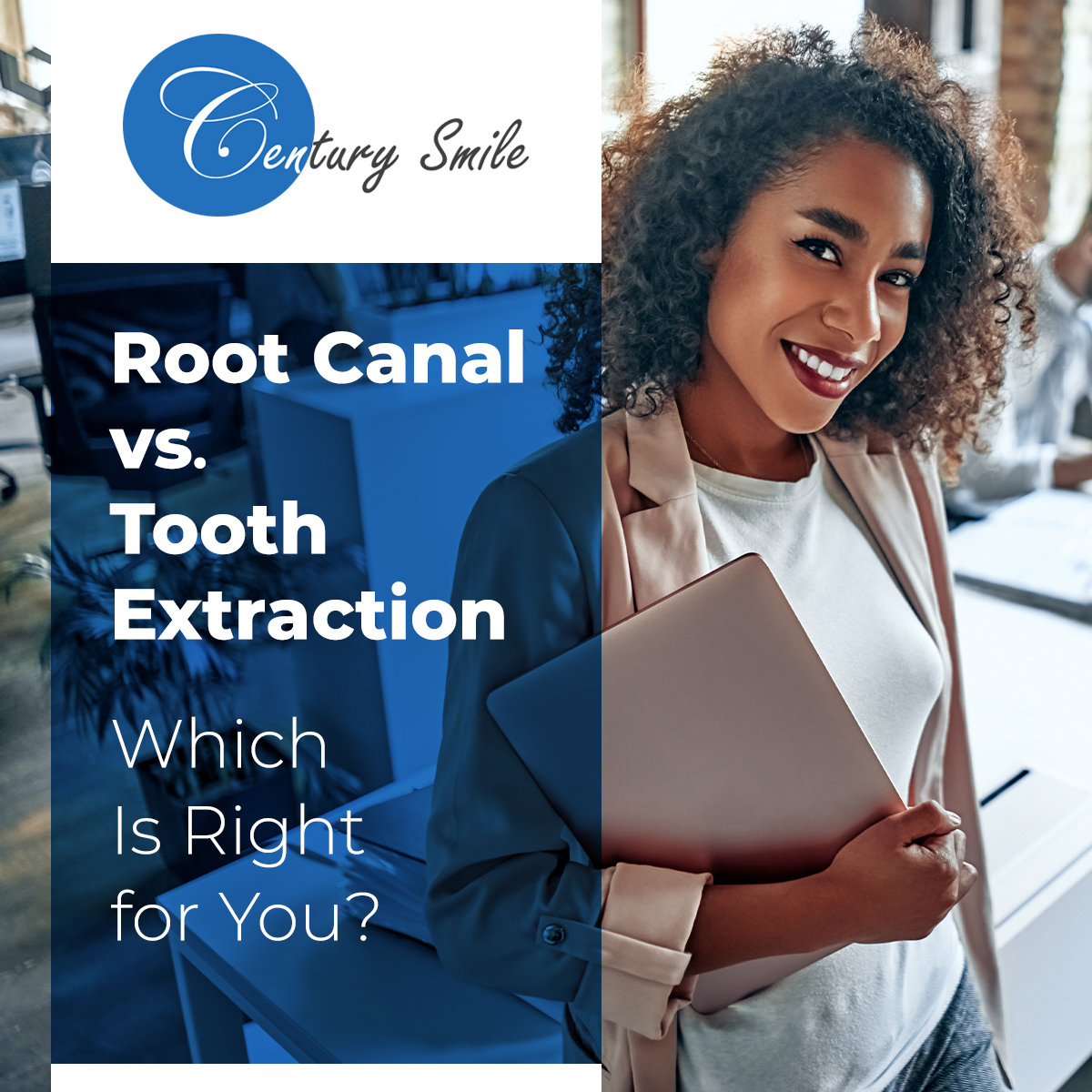
Root Canal vs. Dental Extraction: Which Is Right for You?
A root canal is an alternative procedure to surgical tooth extraction when the tooth is still salvageable. Typically, a dental professional will choose a root canal over extraction if the pulp, which is the interior of the tooth, is infected. If this is the case, the rest of the tooth can be preserved while the inside is cleaned out and disinfected.
The pulp of the tooth can get infected if the tooth is cracked, allowing bacteria to reach the inside the tooth, or if you have a deep cavity. It’s critical to preserve the pulp of the tooth because this is the area where blood vessels, nerves, and connected tissue are located. In other words, it’s that part of your tooth that’s alive.
In the root canal procedure, once the pulp is cleaned out, your dentist will fill your tooth with a natural substance called gutta-percha. Then, he or she will place a crown over the tooth to seal everything in. This procedure is less invasive than surgical tooth extraction.
If your tooth has been damaged in any of the scenarios we listed above link to 5 Reasons You Might Need a Tooth Extraction, you will most likely need a surgical extraction procedure rather than a root canal. If only the pulp has been infected or affected by damage done to your tooth, then a root canal is probably the best route to avoid surgery and recovery.
What Happens If I Don’t Replace An Extracted Tooth?
When a tooth is damaged, the first step is extraction.
The second is replacement. This second step is crucial. You may be tempted to skip it if your removed tooth is not in a noticeable location, but trust us, you will notice the missing tooth.
When a tooth is missing, its absence affects the rest of your teeth. Teeth hold each other in place, so when one is gone, the others will fall out of line, making your teeth or crooked or creating gaps where you didn’t have them before.
In addition, your teeth are what allow you to chew food properly, which is the first stage of digestion. Any missing teeth can make chewing more difficult, hindering proper digestion or causing you to avoid your favorite foods because you know you aren’t able to chew them.
Super-eruption is another side effect of not replacing a missing tooth. Whichever tooth is opposite the missing tooth on the top or bottom can start to grow out of its position because it no longer has the opposing tooth to press it down.
Whenever you undergo a tooth extraction procedure, consider replacing the tooth the final step before you can be confident your dental health has been fully restored.
Tooth Extraction Aftercare Instructions: Timeline & Guide
Healing time for a tooth extraction varies on how many teeth were extracted and the level of decay or damage done to the tooth and root. Typically, the healing time for a tooth extraction procedure is seven to 10 days.
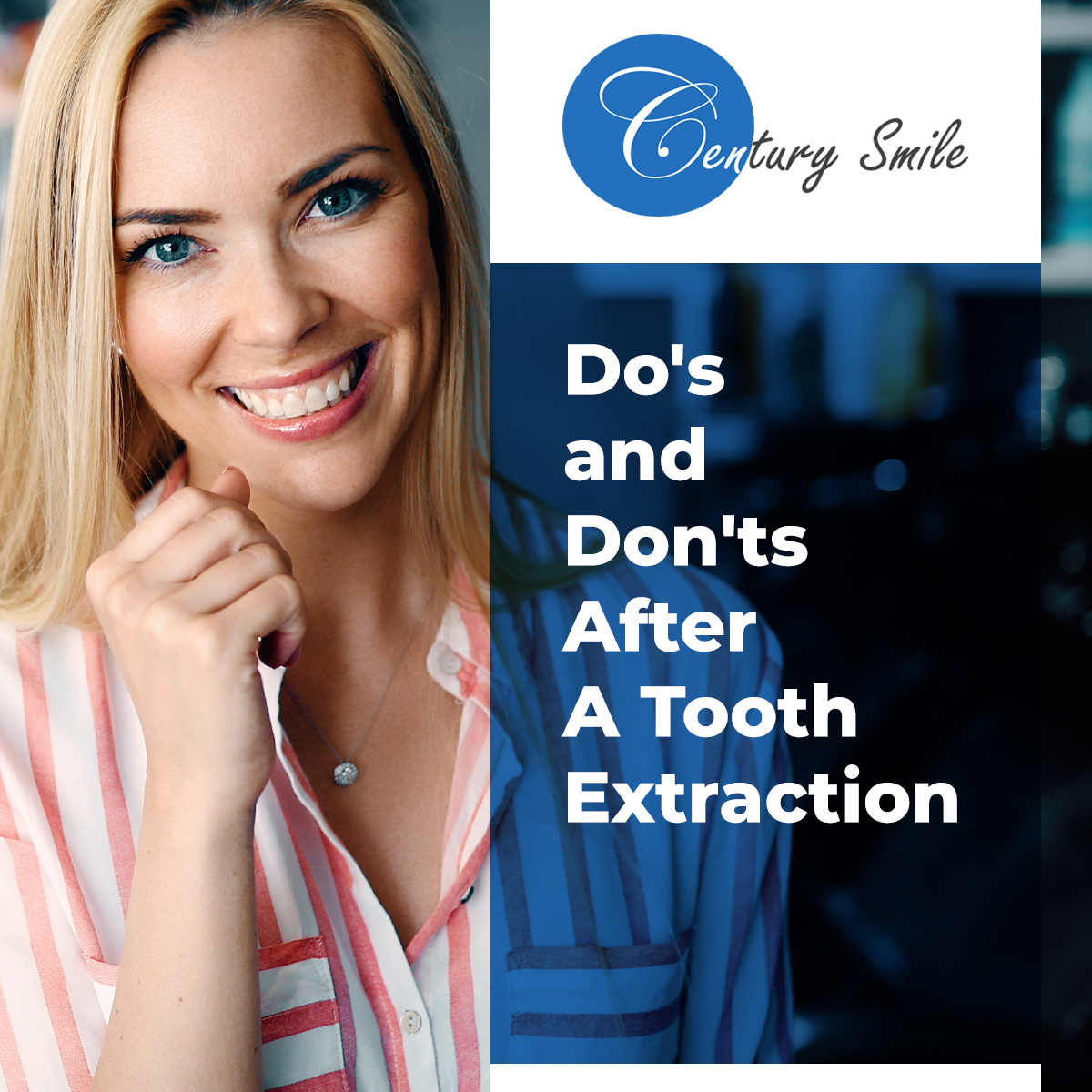
Do’s and Don’ts After A Tooth Extraction
Do change your gauze. Your dentist will place gauze in your mouth to absorb the blood from the extracted area. Change the gauze as needed. The affected area may continue to bleed for the first 24 hours, but this should not be excessive bleeding. If it is, call your dentist.
Do take over-the-counter pain relievers.
Do elevate your head while sleeping—this will prevent blood from pooling.
Do eat soft foods that don’t require too much chewing such as soup.
Do everything your dentist tells you to after your procedure.
Don’t use straws — this places pressure on the wound.
Don’t rinse your mouth — this rinsing motion can prevent the blood clot from forming where it needs to in your wound in order for it to heal.
Don’t smoke.
Don’t spit.
Don’t blow your nose or sneeze, if possible.
Don’t brush and floss as you normally do. Your dentist may probably provide a prescription for a mouth wash you can use before you’re able to safely brush your teeth.
Options After A Tooth Extraction
If you do not replace your missing tooth or teeth, all adjacent teeth will try to move into the open area, and the above teeth will begin to move down. This will all, in turn, cause significant issues with your bite and possibly cause problems such as bone loss or TMD.
1. Bridge
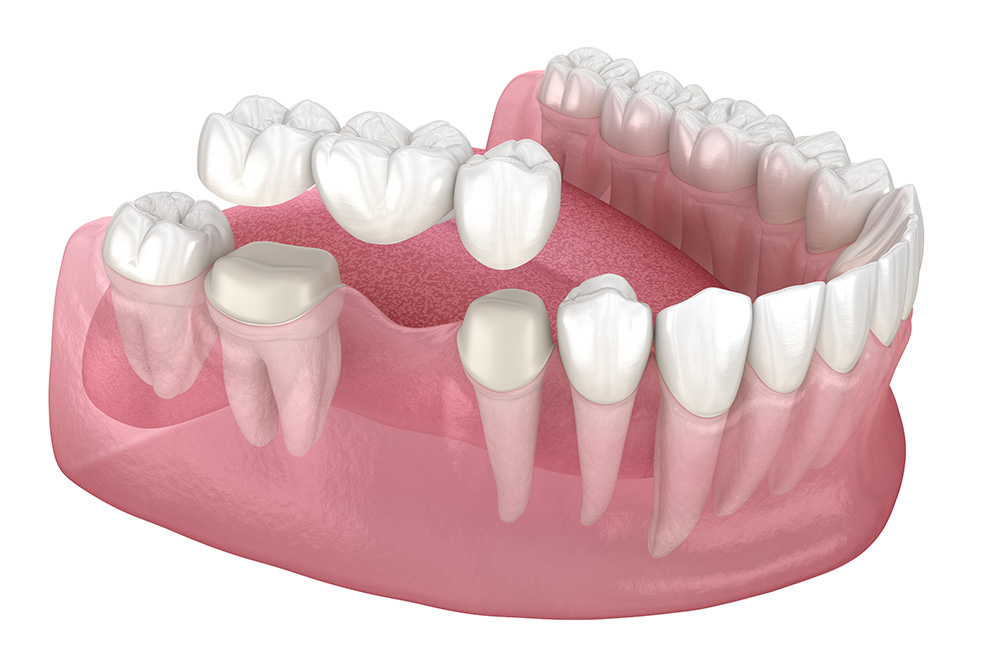
A bridge uses three or more dental crowns to close the space created by the missing teeth or tooth. The middle tooth gets cemented into the jaw while the others are placed and cemented on top of the other teeth. Because the remaining teeth need to be prepped and cut to make space for the incoming crown, this option is the least viable due to possible damages to healthy teeth and even bone loss.
2. Removable Partial Dentures
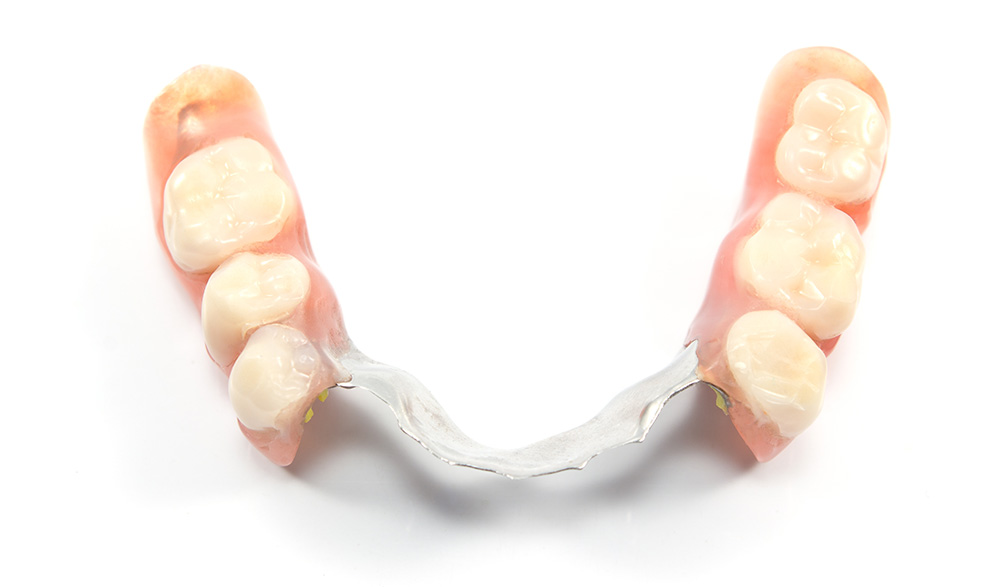
This tooth replacement solution consists of artificial teeth to replace those that are now missing. These teeth are attached to a gum-colored base that holds the partial denture in the mouth. There is a component of the frame of a partial denture that rests on the soft tissue, and often there are clasps that wrap around a few teeth. These clasps help to hold the partial in place while in use. As the name suggests, these appliances are removable. Partial dentures fill in the areas that have been created due to missing teeth and prevent the remaining adjacent teeth from changing position.
3. Dental Implants
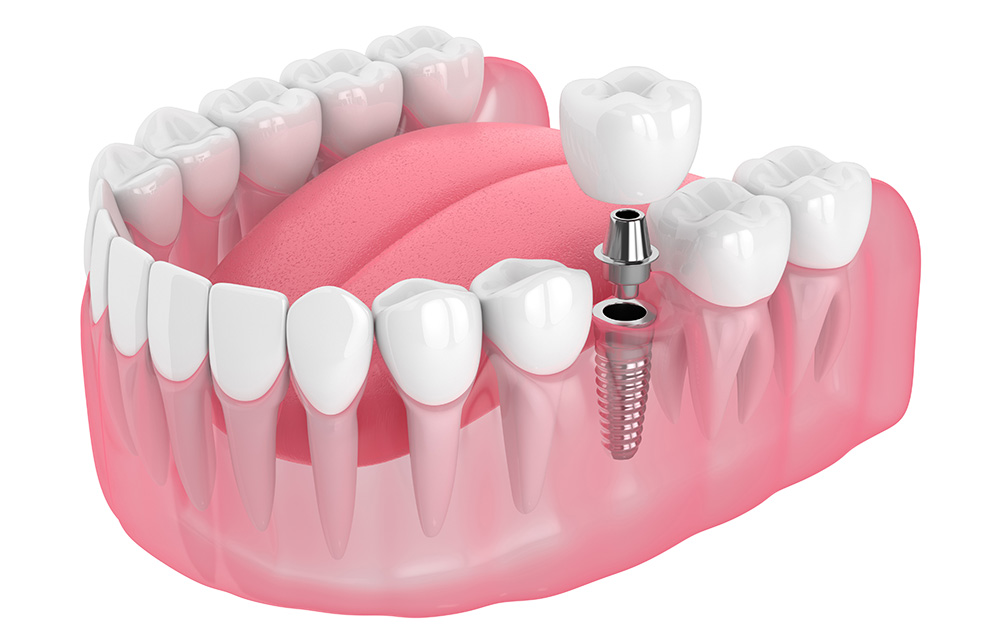
A dental implant is often the best option for missing teeth because it acts like a natural tooth within the mouth. A device, usually made from titanium, is inserted into the jawbone through surgery where the missing tooth was located. An abutment is then created, meeting the patient’s specific needs to help seat the crown that will eventually be placed over the abutment. This crown is made to fit perfectly within the mouth and look exactly like the remaining teeth. This option is the best solution for post tooth extraction.





Give Us A Call At 310.836.6161 Or Request An Appointment Online





